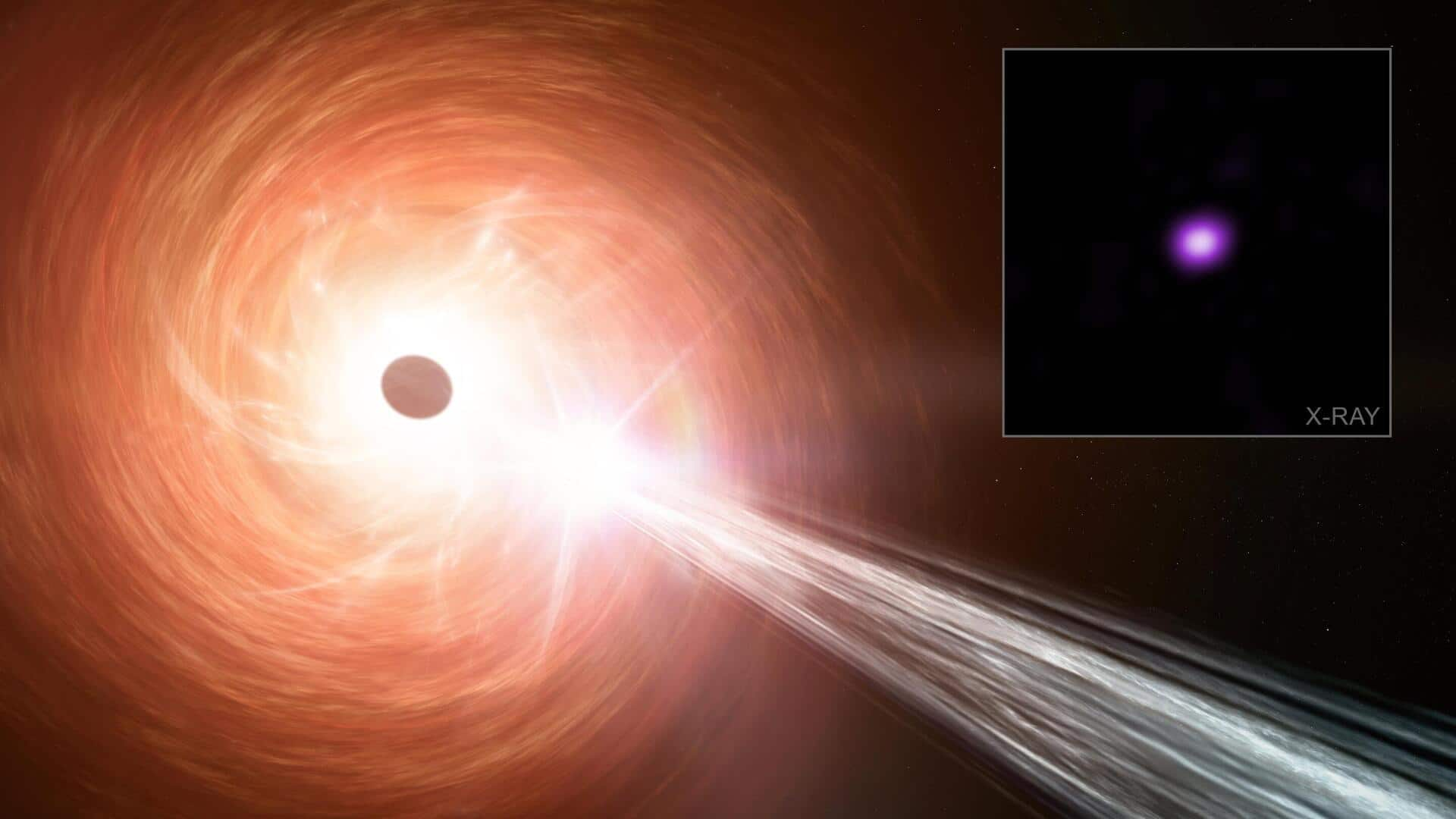Astronomers have made a groundbreaking discovery in the cosmos. Using NASA’s Chandra X-ray Observatory, they identified a black hole that is expanding at an astonishing rate. This black hole is growing 2.4 times faster than the Eddington limit, the theoretical maximum rate at which a black hole can consume matter without blowing itself apart.

Unprecedented Growth in the Early Universe
This discovery sheds new light on how black holes evolved in the early universe. Scientists believe such rapid growth helps explain how some supermassive black holes formed soon after the Big Bang. The Eddington limit was long considered a barrier, but this finding proves that certain black holes can defy expectations and grow much faster.
What Does This Mean for Astronomy?
The observation challenges existing theories about black hole formation and growth. Researchers are now rethinking how these cosmic giants impact their surroundings and the evolution of galaxies. With tools like the Chandra X-ray Observatory, astronomers continue to push the boundaries of what we know about the universe.
Sources:
Source
















